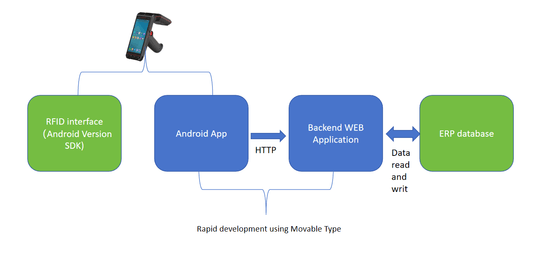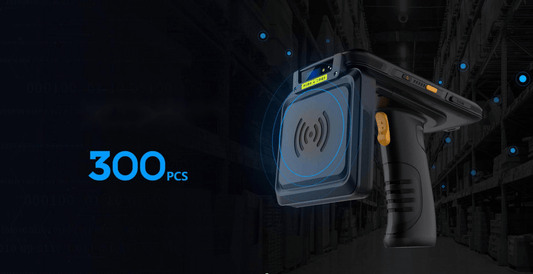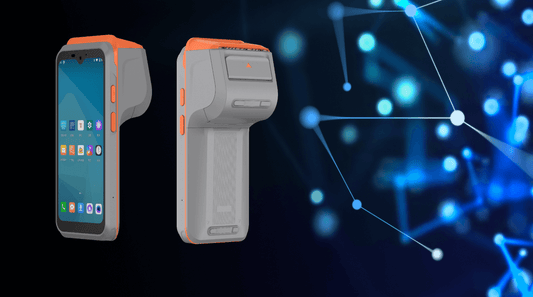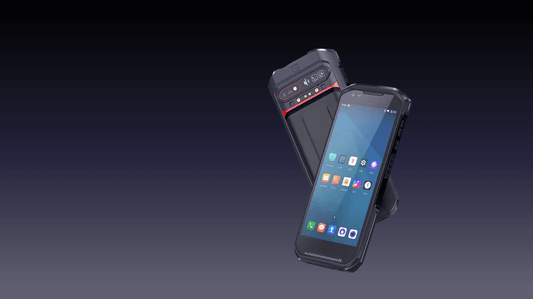Smart Lighting Switches in Smart Cities: The Next Big Opportunity for B2B Businesses
As cities worldwide embrace digital transformation, smart lighting has emerged as a foundational element of smart city infrastructure. While much attention has been given to LED efficiency and IoT-connected streetlights, smart lighting switches represent an untapped B2B goldmine.
These intelligent switches go beyond basic automation—they integrate with AI, energy grids, and urban data platforms, creating new revenue streams for electrical manufacturers, IoT solution providers, and smart city integrators.
In this blog, we’ll explore:
✔ Why smart lighting switches are critical for smart cities
✔ Key technologies driving adoption (Zigbee, LoRaWAN, Matter, etc.)
✔ Top B2B business opportunities in this niche
✔ Real-world case studies of successful deployments
✔ How companies can capitalize on this $4.7B+ market (MarketsandMarkets, 2024)
1. The Role of Smart Lighting Switches in Smart Cities
Beyond Basic Illumination: The Shift to Intelligent Lighting Control
Traditional lighting systems are dumb, energy-wasting, and inflexible. Smart lighting switches enable:
✅ Adaptive Lighting – Adjusts brightness based on occupancy, weather, or traffic.
✅ Energy Optimization – Reduces municipal power bills by 30-50% (DOE, 2023).
✅ Predictive Maintenance – Detects failing lights before outages occur.
✅ Public Safety Integration – Syncs with surveillance and emergency systems.
Why Smart Switches (Not Just Smart Bulbs)?
-
Centralized control for entire buildings/streets (vs. individual bulb management).
-
Backward compatibility – Works with existing wiring, lowering adoption costs.
-
Cybersecurity advantages – Hardened against IoT botnet attacks.
2. Key Technologies Enabling Smart Lighting Switches
| Technology | Use Case | Advantage |
|---|---|---|
| Zigbee 3.0 | Mesh networks for large-scale deployments | Low power, high reliability |
| LoRaWAN | Long-range citywide lighting control | Works in underground/remote areas |
| Matter Protocol | Cross-brand interoperability | Future-proofs investments |
| Edge AI | Real-time decision-making (e.g., dimming lights when streets are empty) | Reduces cloud dependency |
Emerging Trend: Li-Fi (Light Fidelity) – Using lights for dual-purpose data transmission while illuminating.
3. Top B2B Business Opportunities
A. Hardware Manufacturers
-
Ruggedized switches for outdoor/industrial use (IP66-rated).
-
Multi-protocol gateways (Zigbee + LoRaWAN + cellular backup).
B. Software & Analytics Providers
-
Digital twin integration – Simulate lighting scenarios before deployment.
-
Demand-response systems – Sell excess energy back to the grid during peak times.
C. Smart City Integrators
-
Retrofitting legacy systems in older cities (huge municipal contracts).
-
Lighting-as-a-Service (LaaS) – Subscription models for cash-strapped governments.
D. Cybersecurity Specialists
-
Pen-testing smart switches to prevent citywide breaches.
-
Blockchain-based firmware updates to ensure authenticity.
4. Real-World Success Stories
Case Study 1: Barcelona’s Smart Street Lighting
-
Deployed 22,000+ LoRaWAN-connected switches.
-
Result: 35% energy savings, integrated with traffic sensors for adaptive lighting.
Case Study 2: Singapore’s Smart HDB Towns
-
Used Zigbee switches + AI scheduling in public housing.
-
Reduced maintenance costs by 40% via predictive alerts.
Case Study 3: Los Angeles’ LED + IoT Retrofit
-
Upgraded 140,000 streetlights with smart switches.
-
$9M/year saved in energy + 15% drop in nighttime crime (due to better-lit areas).
5. Challenges & How to Overcome Them
A. High Initial Costs
✅ Solution: Offer PPP (Public-Private Partnership) financing models.
B. Fragmented Standards
✅ Solution: Bet on Matter Protocol for cross-vendor compatibility.
C. Privacy Concerns (e.g., tracking via light sensors)
✅ Solution: On-device processing (edge AI) instead of cloud data collection.
6. The Future: Where Smart Lighting Switches Are Headed
🔹 5G-connected switches for ultra-low-latency control.
🔹 Self-powered switches (kinetic/solar energy harvesting).
🔹 Gamified energy savings – Citizens earn rewards for conserving power.
Conclusion: Why B2B Businesses Should Act Now
The smart lighting switch market is growing at 18% CAGR (ABI Research, 2024). Early movers in hardware, software, and integration will dominate as cities accelerate upgrades.
Key Takeaways:
✔ Smart switches are the "hidden brain" behind smart city lighting.
✔ Profit from hardware, SaaS, or managed services.
✔ Interoperability & cybersecurity will be decisive competitive edges.
Is your business ready to shine in this market? Contact us for a free consultation on smart lighting opportunities!
No comments












0 comments